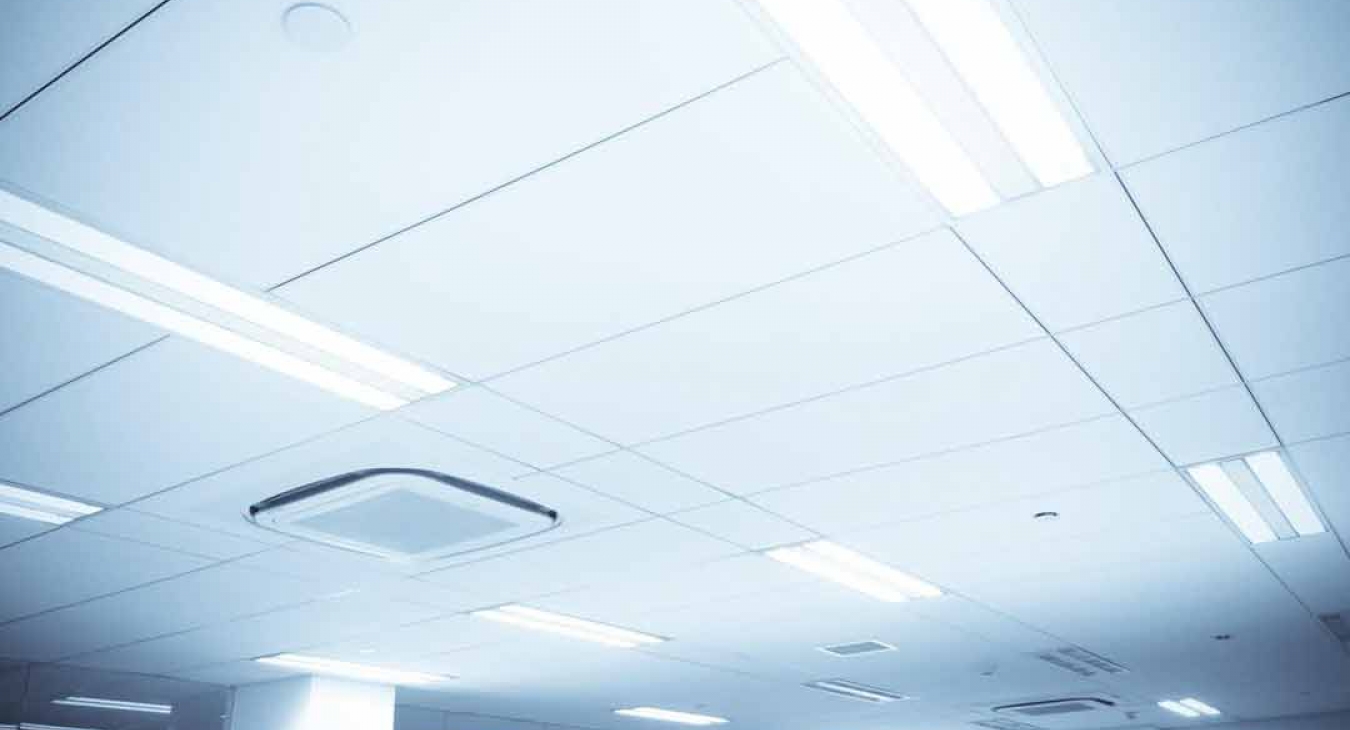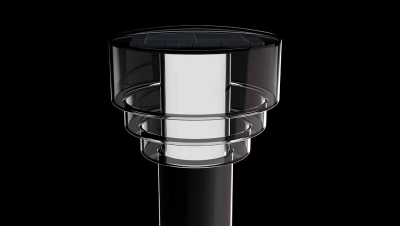What Type of Lighting Should be Used in Schools
Learn the Benefits of Installing LED Lights in Classrooms
The right lighting is important in any indoor setting because of the effects it has on humans and their moods and emotions. A particularly important place where lighting is crucial is in schools. Studies have shown that students learn better in classrooms that are brightly lit and their overall health is positively impacted by classrooms that incorporate natural light. Classrooms that are bright also have been proven to improve students’ behavior and will create fewer feelings of anxiety and stress; this is true for all ages of students.
Typically, fluorescent lights are used in classrooms. This is an outdated and style of lighting that research has shown to be counterproductive to students. Fluorescent lighting, in fact, causes bodily stress, hyperactivity, and anxiety among students. The cool-white color emitted from the bulbs leads to poor learning performances, especially after being in their presence for prolonged periods of time. What is a solution to fluorescent lighting in schools that provides the same amount of brightness without the negative emotions? The answer is LED lighting.
What is an LED?
LED lighting (Light-emitting diodes) are semiconductors for electricity, using one or more light-emitting diodes at a time to create a bright and glowing light. LED light bulbs create a brightness that is just as bright as fluorescent lighting but has more benefits.
The light coming from LED bulbs can be manipulated more than fluorescent light bulbs. LED bulbs produce cool temperature light between 4100K and 5000K. Lights at this temperature can improve the behavior of students with hyperactivity issues because it is more calming than any other kind of lighting.
Benefits in the Classroom
There are many benefits to using LED bulbs in the classroom, one of the largest benefits is LED light’s effect on students’ behavior. The light coming from these bulbs is more calming to students which allows them to focus more. They also do not flicker which is an advantage for any student or teacher, but especially students in special education classrooms.
Another major benefit of incorporating LED lights into the classroom is their longevity. Because these bulbs last longer, the need for them to be replaced is about 80% less than fluorescent bulbs. This is a major benefit because replacing lights in the classroom can be an inconvenience to teachers as well as students. Similarly, this saves the school district money because they will have to buy bulbs less frequently.
In addition to these outstanding classroom benefits, LED bulbs are also extremely eco-friendly because of their longevity and the materials used to create them.
Lighting Fixtures
Lighting fixtures are an important aspect to consider when thinking about LED bulbs. LED bulbs can typically be installed in most existing lighting fixtures, as long as they use less wattage than the lighting fixture. LED lights can be installed in any type of lighting fixture in the classroom, from ceiling lights to overhead lights, to lamps, and even closet lights.
However, if a classroom has a lighting fixture that is incapable of housing an LED bulb, hid retrofit kits are a simple and easy solution. These kits attach to already existing lighting fixtures and allow for LED bulbs to be screwed into them in any sort of setting. These kits work both indoors and outdoors, ideal for all school scenarios.
Natural Light
LED lights are the best man-made lights for the classroom, but even they can not beat natural light. Natural light is the best and most important light to incorporate in the classroom. Natural sunlight provides physical and physiological benefits to both students and teachers alike. Sun in the classroom can improve the health and concentration of students.
Classrooms with more windows or windows that are not covered are inexpensive ways to incorporate natural light in the classroom and to get rid of the use of fluorescent lights.
Create More Effective Learning in Your Schools
Learning among all age groups and demographics can widely be improved with the disposal of fluorescent lighting in the classroom and the incorporation of LED bulbs and more natural light. Test scores, concentration and overall well-being of students can be improved by simply altering the choice of lighting in schools.



